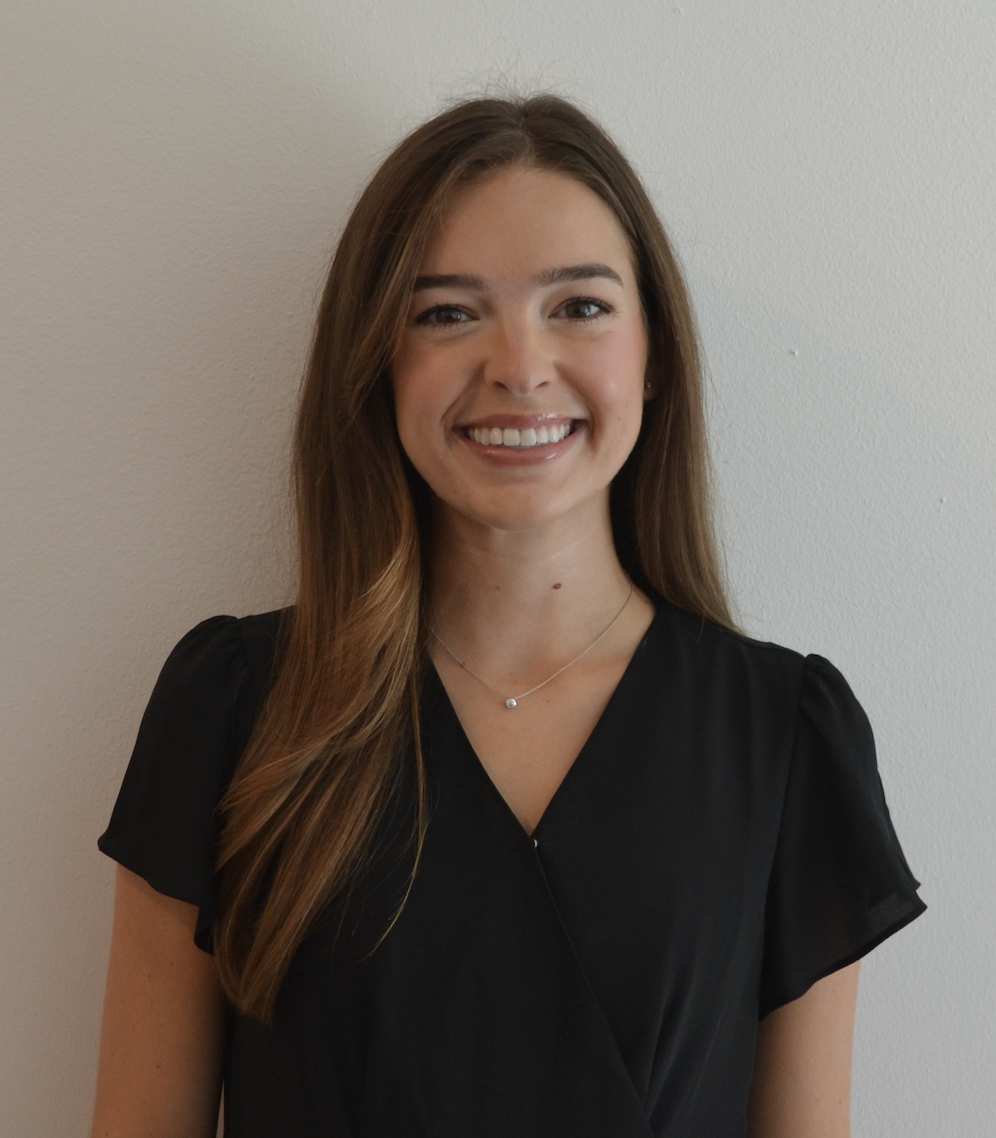Assessment of New Technology Such as Devices and Materials
(PR084) Comparing Gutta Percha Backfill Leakage Over Multiple Heating Cycles
Thursday, April 3, 2025
1:00 PM - 4:00 PM EST

Hannah Battle, D.D.S.
Resident
Louisiana State University
New Orleans, Louisiana, United States
Presenter(s)
Objective: A RCT is typically preformed to eliminate bacterial infection and prevent re-contamination by filling the cleaned space in 3 dimensions utilizing gutta percha (GP) and sealer. GP is thermoplastic. In β phase the material is a solid compatible mass. When heated the material becomes pliable, phase α. It is unknown if repeated heating and cooling of gutta percha causes changes in potential leakage of a filled canal. The purpose of this study was to determine if there is a difference in coronal leakage between backfill GP that has been heated and cooled varying times.
Methods: 42 single canaled extracted human teeth were decoronated and instrumented to a 35/.04 rotary file. 4 groups of 10 were made. Group 1 was obturated with GP that underwent one heat cycle; Group 2 backfill GP underwent 3 cycles; Group 3 backfill GP underwent 5 cycles; Group 4 backfill GP underwent 7 cycles; the positive control was not obturated; the negative controlled was filled with GP undergoing 1 heat cycle. All teeth were coated in nail polish leaving the coronal portion exposed, except for the negative control which was covered completely, and then soaked in india ink for 7 days. The nail polish was removed and all teeth went through the demineralization, dehydration, and clearing process. Images were taken under a microscope and dye penetration was measured.
Results: The preliminary results have shown no significant difference in dye penetration within the 4 groups.
Conclusion: GP can be heated up to 7 times without changing leakage penetration length.
Methods: 42 single canaled extracted human teeth were decoronated and instrumented to a 35/.04 rotary file. 4 groups of 10 were made. Group 1 was obturated with GP that underwent one heat cycle; Group 2 backfill GP underwent 3 cycles; Group 3 backfill GP underwent 5 cycles; Group 4 backfill GP underwent 7 cycles; the positive control was not obturated; the negative controlled was filled with GP undergoing 1 heat cycle. All teeth were coated in nail polish leaving the coronal portion exposed, except for the negative control which was covered completely, and then soaked in india ink for 7 days. The nail polish was removed and all teeth went through the demineralization, dehydration, and clearing process. Images were taken under a microscope and dye penetration was measured.
Results: The preliminary results have shown no significant difference in dye penetration within the 4 groups.
Conclusion: GP can be heated up to 7 times without changing leakage penetration length.

.png)
.png)
.png)
.png)